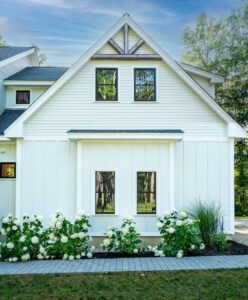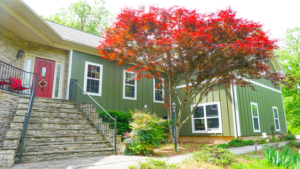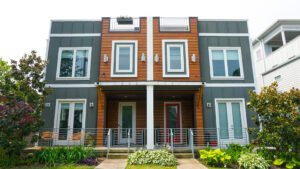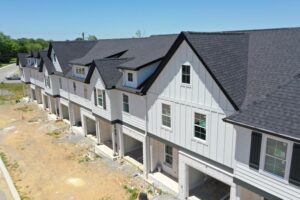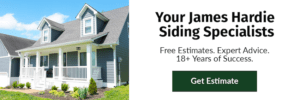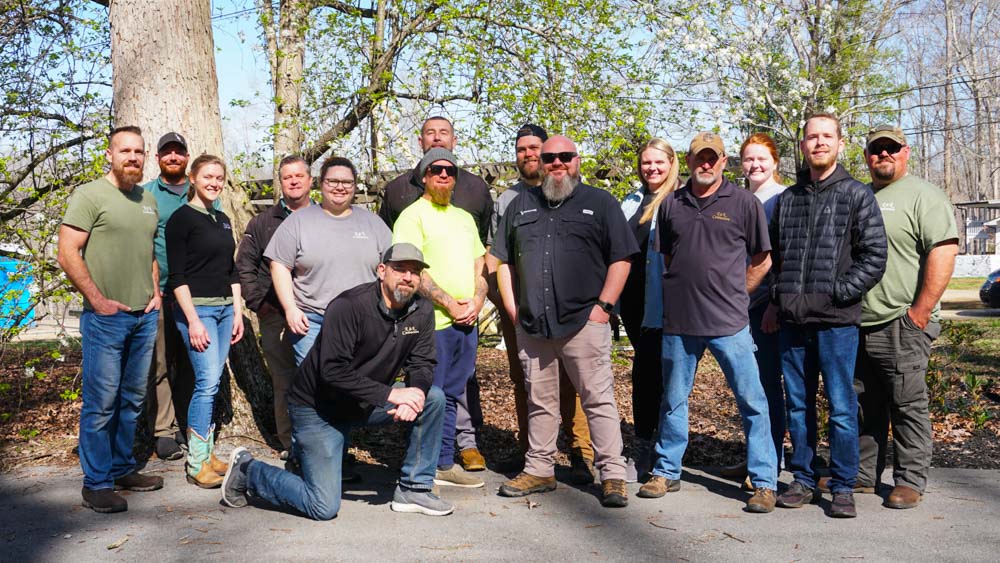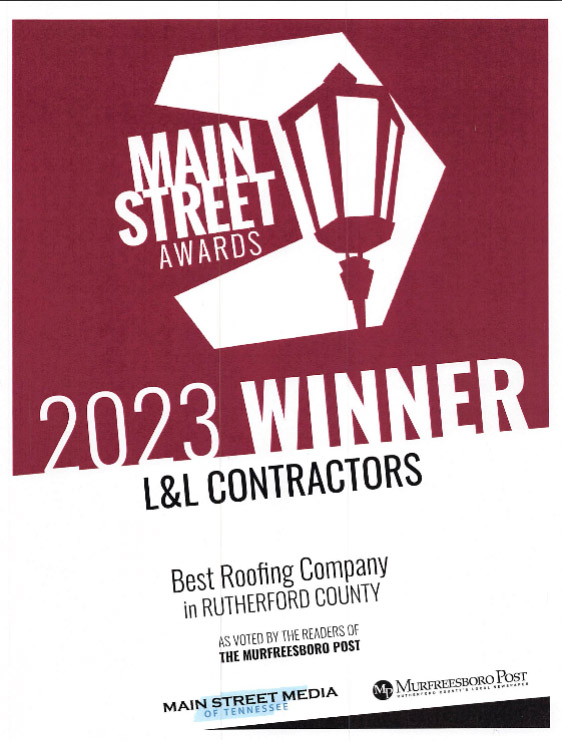Board and batten siding is a very popular trend in home and building design.
Property owners and managers are choosing board and batten siding for its unique vertical design and timeless aesthetic. In this article, we will provide you with an overview of the popular board and batten siding and how it could be the perfect fit for your project.
From contemporary architecture to country barndominiums, board and batten can be used on your property in various ways because of its great versatility and distinct finishes. Read on to discover all the insights based on over 18+ years of serving the Middle Tennessee community for all your home and building exterior needs. #LandLfamily
What is Board and Batten?
Imagine replacing the traditional siding on your property to achieve the look and feel of a contemporary farmhouse or a modern home. That’s what makes board and batten so in demand. You can achieve a level of grandeur with board and batten siding and setting design standards for your neighborhood.
You may ask, what makes board and batten so unique?
Board and batten is quite unique because the boards are placed on your house vertically instead of horizontally, and the seams between the boards are covered by raised pieces of molding, called battens.
This design stands out against any other siding options because of its placement, defying traditional standards seen in many cookie-cutter neighborhoods.
Board and batten is also distinctly more rustic than other exterior siding choices, making it a perfect fit to achieve the look of a modern farmhouse. It also blends seamlessly with many different architectural styles, including traditional, modern, craftsman, and tudor, and Cape Cod homes.
Where Can Board and Batten Be Used?
Board and batten can be used to cover your entire home, just like traditional siding, which is especially popular for barns and modern farmhouse style homes. It also works especially well as an accent to your other siding.
Many people will use board and batten on their home to add dimension and draw the eye upward, since the vertical boards give the illusion of an even taller home. This is commonly used in both the craftsman and tudor architectural styles.
Board and Batten Gallery
Options for Board and Batten
Traditionally, board and batten was originally done using wood siding. To preserve this look and feel, companies like James Hardie Siding manufacture their boards, which are made out of durable fiber cement, to replicate the texture of wood grain.
Though, homeowners have unique preference, and to accommodate, board and batten is available in many different siding finishes and colors, including:
- Select Cedarmill®:
Select Cedarmill® is perfect if you are looking to achieve a traditional board and batten look, with its deeply etched, realistic wood grain finish. Since this is the most traditional style, it pairs beautifully with any color.It especially shines with light tones that enhance the grain, or with a classic red if you’re going for a barn look.
- Smooth:
A smooth finish is very trendy right now, since it compliments the modern farmhouse aesthetic perfectly. With no wood grain showing, this style allows for the battens to really pop, and provides a new twist on a tried and true style. With smooth boards, try making them really pop by choosing a bright white or a dark charcoal gray.
- Stucco:
Now that you know what board and batten is, you might not think stucco is even a possibility for the boards. However, it’s actually more common than you think! You’ve actually probably already seen it for yourself, as it is an essential feature of the tudor style home.Stucco looks beautiful on a tudor, as the texture adds an extra dose of vintage charm. As always, stucco is complemented by warmer tones, and is always a winner in the traditional combo of warm beige boards with dark brown batten. - Sierra 8:
Sierra 8 is the most subtle of the board and batten styles, since the batten isn’t raised molding, but is instead a vertical groove separating each board. Due to its subtlety, it again is a great choice for any style of home. Since this kind of board and batten isn’t as raised, you can play around with color to get a higher impact! Play with a lighter blue for a more coastal look, or a sage green to give your house a cottage-like feel.
Board and Batten by James Hardie
With James Hardie®, you don’t only get the board finishes mentioned above, you also get the promise of higher quality. Hardie® siding isn’t made of vinyl, the material used for most siding you see, but rather fiber cement.
Fiber cement is significantly more durable than vinyl in both extreme and moderate weather conditions. It’s less likely to warp with heat or crack in colder temperatures, and is water resistant, preventing mold or moss growth.
It also is thicker than vinyl siding, which means less damage in wind or hail storms. Finally, the color is baked right in using their ColorPlus® technology that prevents fading from UV rays.
Schedule Siding Consultation with L&L Contractors Today
Well, that completes our overview of board and batten siding, its benefits, and why it’s so popular. If you are interested in learning more about how board and batten siding could upgrade your property, schedule an appointment with us today.
Since 2006, L&L Contractors has been your go-to company for all your exterior needs. From roofing to siding, renovations to remodels, we are your local experts dedicated to protecting your most valuable asset: your exterior property.
Fall into curb appeal this season with board and batten siding installed by L&L Contractors. Schedule a consultation with us online, or give us a call and speak with one of our friendly customer service representatives.

